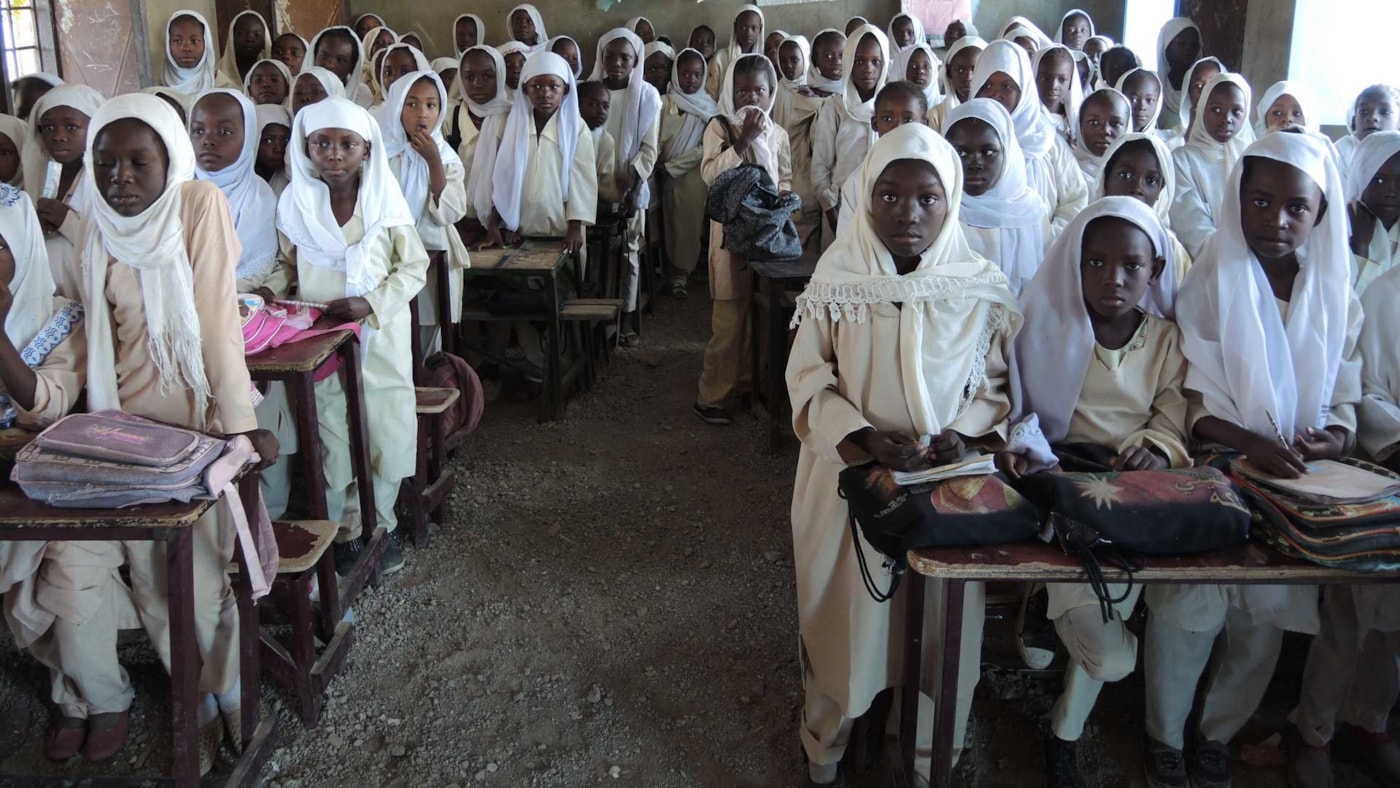
Gender equality
Gender is often of importance to how exposed you are to tuberculosis. There are also grounds to assume that the biology of women and men yields different risks for contracting tuberculosis.
Tuberculosis affects the most vulnerable groups in a population the hardest, and gender is of importance to vulnerability. Women and men have different social positions and duties, and thus they have different access to health services. Differences in lifestyle may also be a reason that men and women are affected differently.
In many societies, women are more vulnerable because they are bound by heavy work and care duties in the home, and because they cannot themselves decide when they can seek healthcare. There are also more women than men who are poor, which is a risk factor in itself.
Many men are vulnerable because they work in risk-filled and hazardous environments, such as mines and other industry, and they must often live away from home in poor conditions in order to be close to the workplace. In marginalised groups such as substance abusers and prison inmates there is also a preponderance of men. In addition, men are vulnerable because they use more tobacco and alcohol, which weaken the immune system and health in general.
More men than women are diagnosed with tuberculosis
Stigma related to tuberculosis often more forcefully affects women than men. Many women with tuberculosis are abandoned by their husbands and excluded socially.
Read more about stigma and tuberculosis here.
Globally, there is an overall preponderance of men who are diagnosed with tuberculosis. It is not clear whether this reflects epidemiological conditions or if it is attributed to inadequate reporting. The difference can also be attributed to the fact that women are discriminated against and have poor access to health services, and that they are therefore not diagnosed.
The World Health Organisation estimates that, with the exception of HIV, tuberculosis is the disease that takes the most lives of women of childbearing age in poor countries. It has been ascertained that tuberculosis causes more deaths among women than all pregnancy-related deaths combined.
Biological differences
There are grounds to assume that the biology of women and men yields different risks for acquiring tuberculosis. Some think that men are generally more vulnerable to airborne diseases due to biological conditions, such as hormones and the anatomical structure of their necks.
Women are most vulnerable at childbearing age, particularly during pregnancy and in the period after childbirth. Especially during this period, but also otherwise, women have a greater risk of acquiring tuberculosis outside of the lungs, which can be difficult to both diagnose and treat.
Targeted measures
In order to reach as many as possible with our tuberculosis work, it is important to have targeted measures for women and for men in the communities where we work. LHL International cooperates with actors who work with maternal health. We support locally-based health services adapted to women and men, income-generating activities, public education and rights work – particularly for women – initiatives for mineworkers, prison inmates and substance abusers.
